The garden… “a place of terrestiall enjoyments the most resembling heaven.”
—John Evelyn 1620-1706
Evelyn’s sentiment evokes the same feelings in gardeners today, especially for this gardener. Time spent in the garden, even though it is labor, imparts a sense of accomplishment and peace of mind. Gardening is a healthful hobby for the whole family, provides fresh food for our table, and in uncertain times, gives us a sense of security.
At the Colonial Garden, we carry on the trade of gardening, while using the tools and techniques of the 18th-century. Questions asked by our guests may center on our use of a tool unfamiliar to them, or an explanation of a label indicating a plant’s 18th-century name that is unfamiliar to most of us today.
And then there is the question of how one may start a garden. At this point, the gardener may walk you to the shady side of the garden and have a good long talk. An intervention of sorts, before you find yourself at home in the hottest time of the year, up to your knees in weeds, battling insects, and fending off all manner of small beasts that have come to dine at the buffet you’ve set out just for them.
Before you till up your entire yard, join us in our garden where we will share our tips for laying out a garden so that your experience will be as enjoyable as Mr. Evelyn’s. Or, for starters, here’s some advice for gardeners.
Choosing the Garden Site
The Colonial Garden is located along Duke of Gloucester street directly across from the Bruton Parish Church. The east-west direction of the street provides the garden with a southern exposure which is useful in the operation of our hotbeds and cold frame. Not only do these frames help overwinter plants, they are used to help start our seeds in the spring.
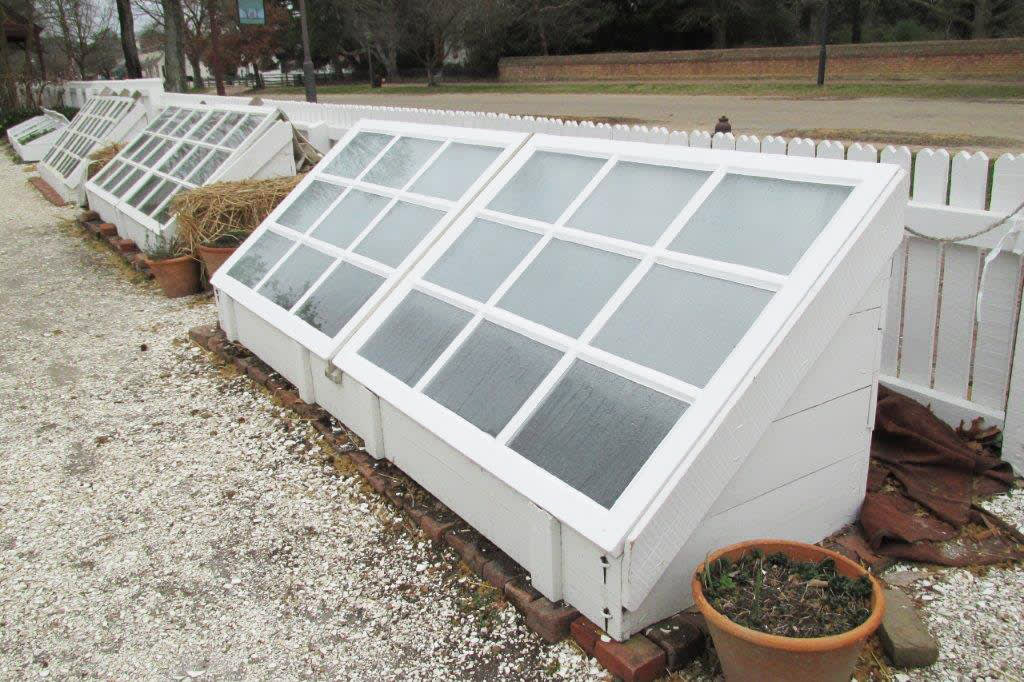
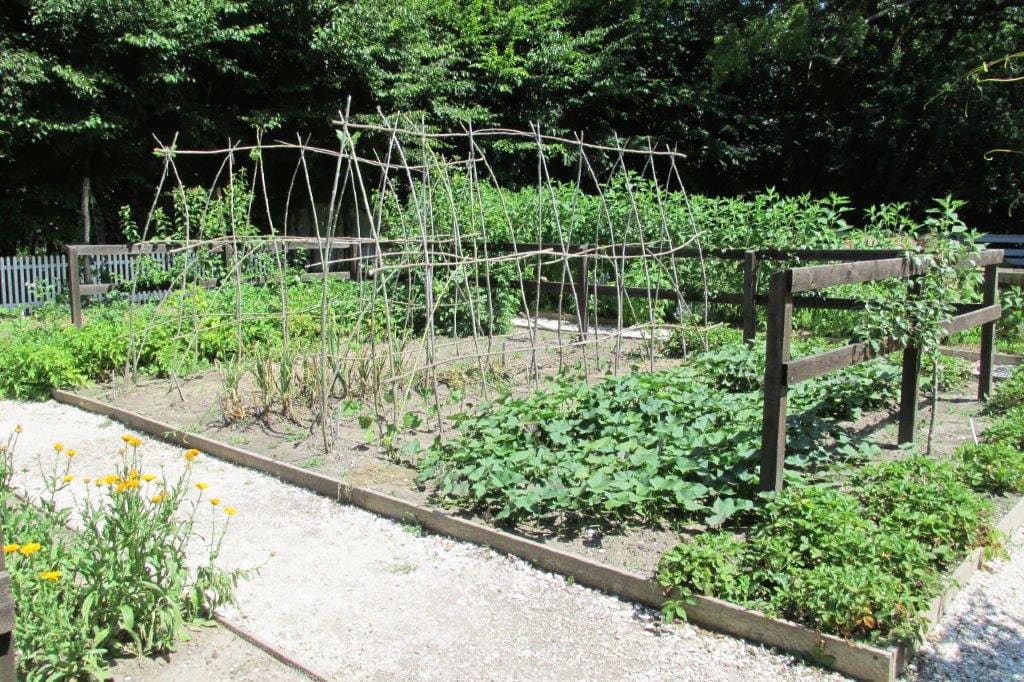
The east side of our garden is shaded in the morning where work is performed before the high temperatures of the afternoon make work unpleasant. In the afternoon, the gardener moves to the west side of the garden where trees provide shade, allowing us to work more comfortably.
When considering your preferred garden site, you must first think about how much sun your garden will receive. Most vegetables require at least six hours of sunshine while some gardens do quite well with just afternoon sun. If you want less shade, consider trimming branches or remove a tree. Utilizing a front or side yard is also an option, and a popular option today is reserving space in a community garden.
What lies below?
Our garden resides in an area where many utilities are buried. So before digging, we must have all utilities marked. Please check your state laws to make sure you remain safe and our utilities are protected.
As we spade over our soil, every so often we are reminded that history is not far below us. While excavating a pit for a new hot bed, we found brick walkways and a foundation. Work stopped and archeology staff was called in to identify what had been unearthed. The solution was to keep the location of the hotbed and dry lay the brick hotbed walls over the top of the 19th-century foundation.
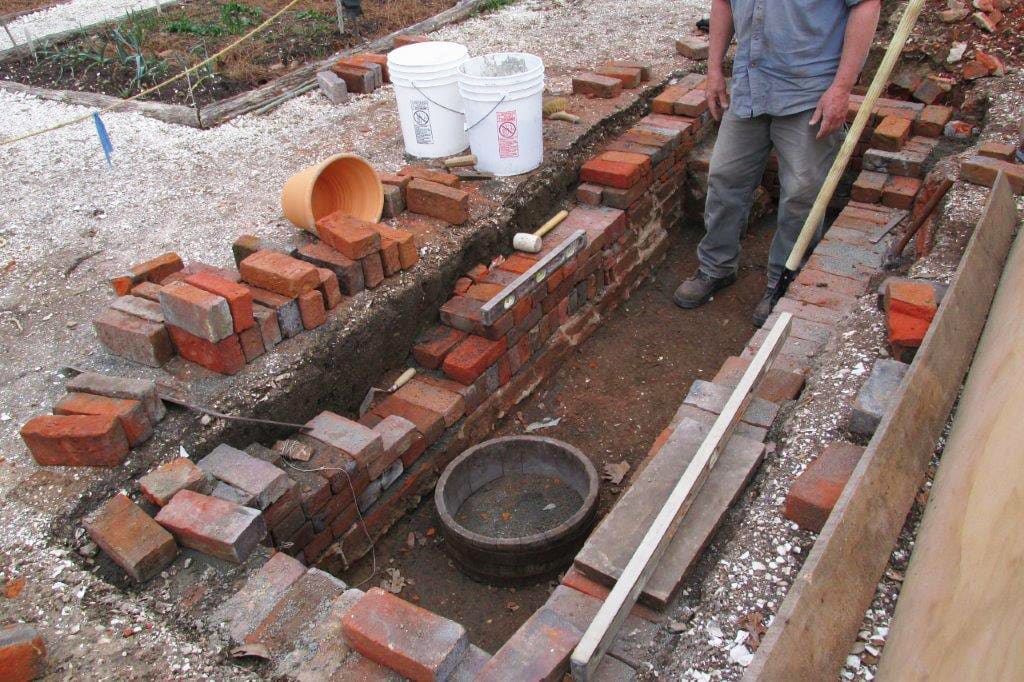
Beauty and Convenience
The colonial capital was home to many wealthy gentlemen who kept gardens intended for pleasure and enjoyment, as well as for food. Collecting exotic plants became a pastime. John Evelyn in his Directions for the Gardiner at Says-Court, defines exotic plants, “such as are sent from beyond the seas.” Trees such as pomegranates, flowers, and bulbs from far flung places around the globe, decorated their gardens and emphasized their interest in botany.
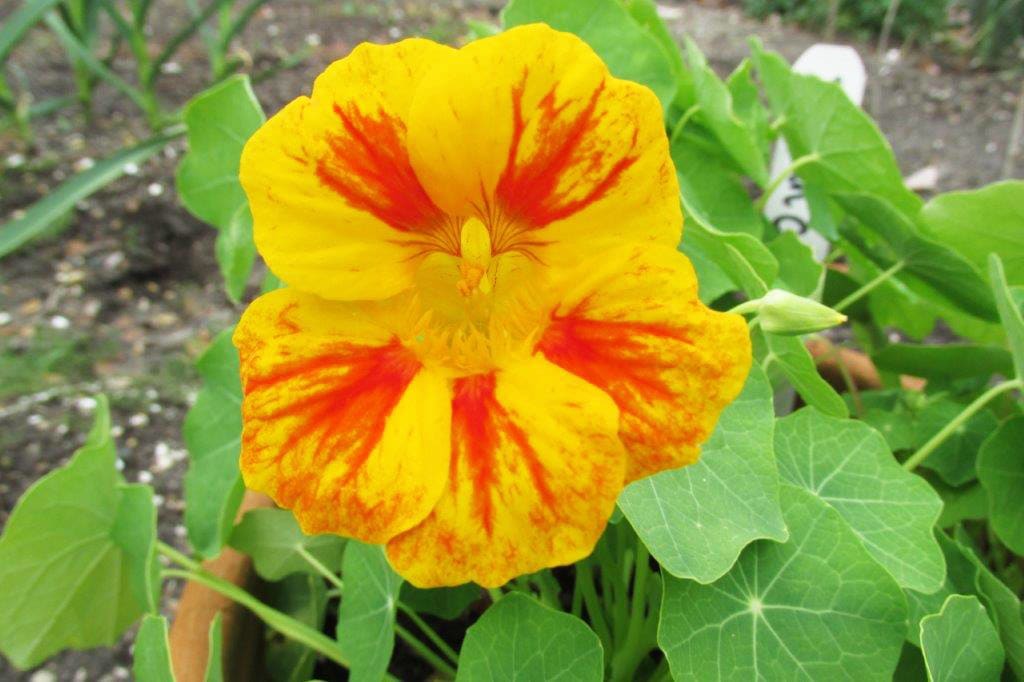
When planting your garden, consider planting some exotics in with your vegetables. African Marigolds (Tagetes erecta), Cockscomb (Celosia) and Pot Marigold (Calendula) are three easy annuals from seed that we plant in our garden.
For convenience, consider placing your garden close to the house. You will be apt to visit more often if it is just a few steps away. Also, consider your water source. Will the hose reach or will you need to carry water?
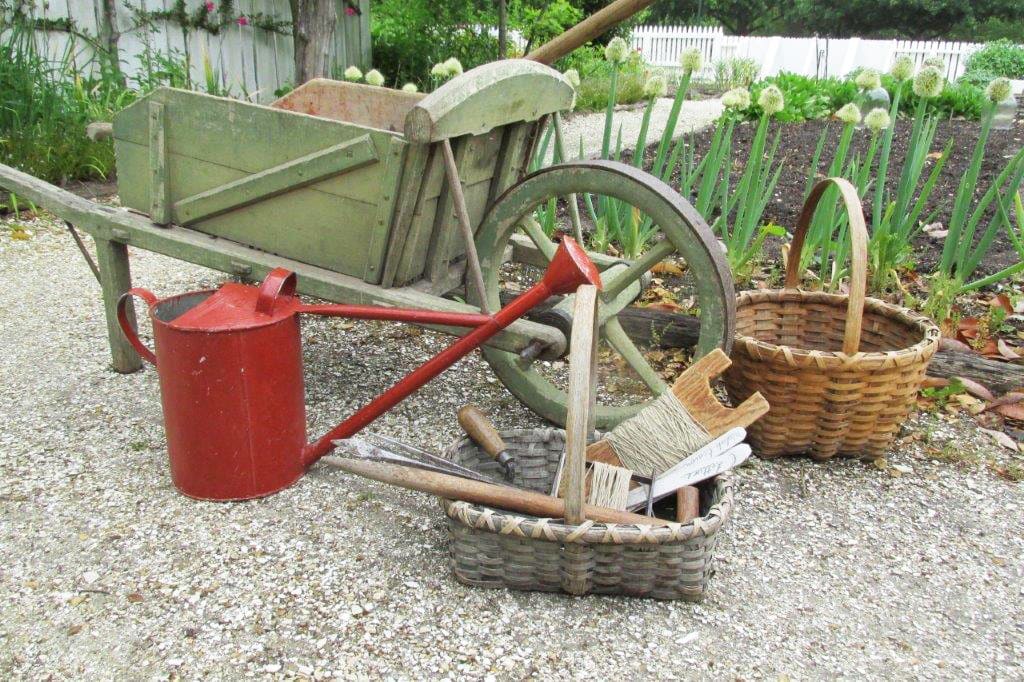
Soil
“Happy are those gardiners that meet with those first sorts of ground, that are so admirably well disposed for cultivation, in which they have hardly ever had success to fear, but commonly all manner of good fortune to expect…”
—Stephen Switzer, 1727
Early gardeners were organic gardeners, and like them, we follow organic methods, but use modern science to keep our soil healthy. Our soil is a sandy loam that is greatly enriched with compost that is made in the garden work yard, and from dung that is available from our animals. Amendments such as these keep our soil enriched to support good growth. If you are turning your own soil and not bringing in bagged soil, make sure to get a soil test. Your local USDA Cooperative Extension Office can help you and fees are nominal or sometimes even free.
Make room for a compost pile that will turn your kitchen waste into food for your soil. If space is an issue, worm farms come in all sizes. The castings will benefit your garden as an amendment. If convenience and time is an issue, organic compost, soil, and amendments are available in bulk and bags from local suppliers.
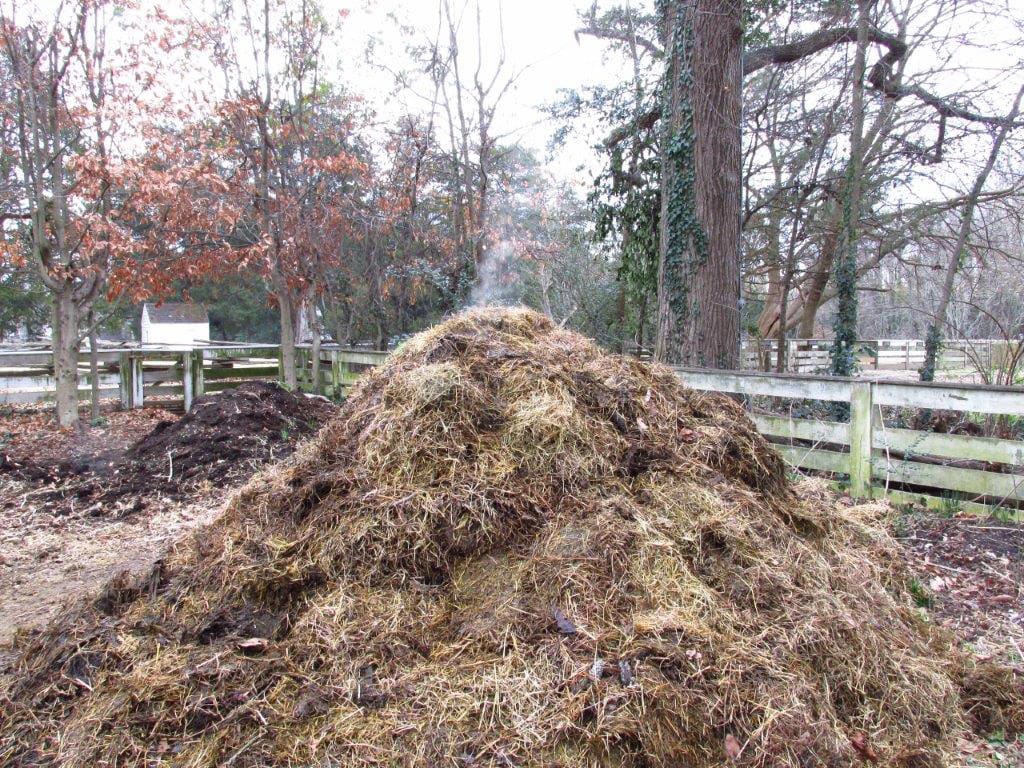
Choosing what you grow
As a living history museum, we are bound to heritage varieties. We are helped by two colonial gentlemen in town, Joseph Prentis and John Randolph, who left us garden diaries referred to as Garden Kalendars, which listed what they grew. Store records and ships inventories provide a record of what seeds were imported and sold in stores. Surviving letters are also rich repositories of plant and seed material. One such book is Brothers of the Spade: Correspondence of Peter Collinson of London, and of John Custis of Williamsburg, Virginia 1734-1746. The book highlights letters sent between John Custis IV of Williamsburg, described as “wealthy, eccentric and somewhat misunderstood Virginia planter,” and Peter Collinson, avid botanist and cloth merchant, of London. Many plants, seeds, roots, and bulbs passed between these two men.
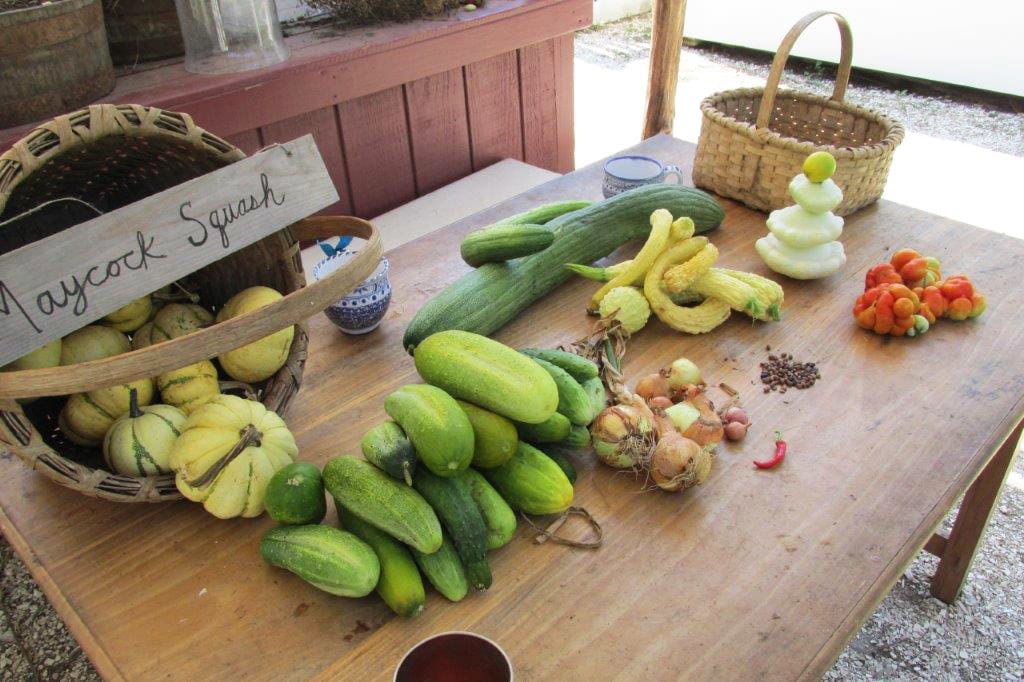
The Plan
When planning our garden, we start with a list of what we want to grow, then use a large piece of paper to draw out the garden. It’s a way to ensure all plants are grown in different positions every year and the process also assists with garden design.
For the home gardener, start a garden calendar of your own to keep track of information such as temperature, rainfall, what did plants did well, and what needs additional work. It is also a convenient place to keep your map of the garden. These tools will help you plan future gardens.
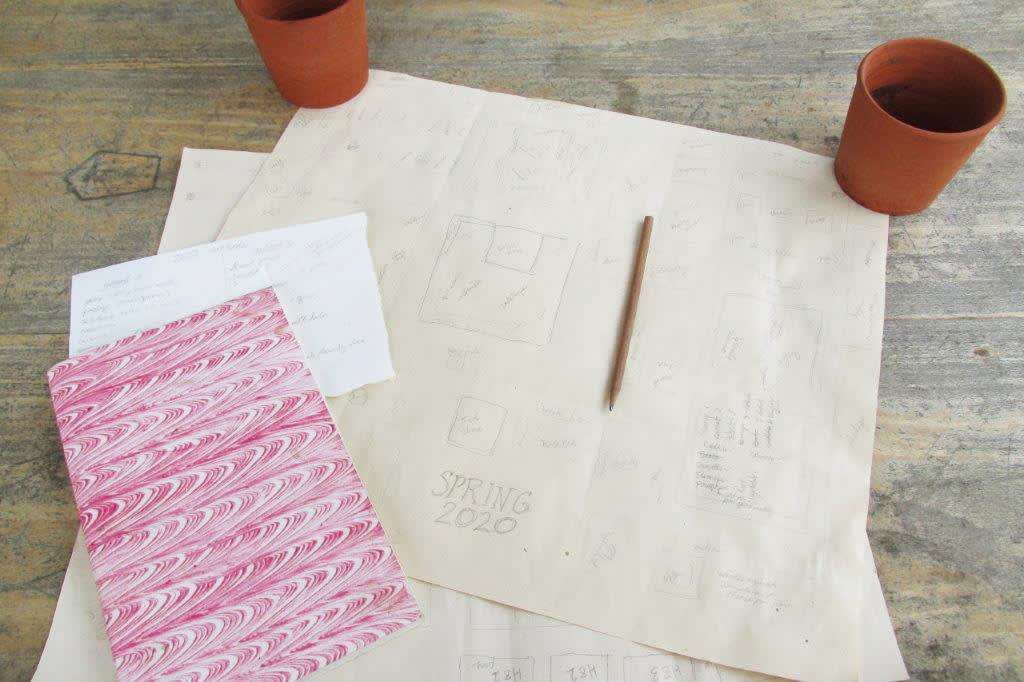
Planning Exercise
If you are a new gardener, here is a good way to lay out your garden. Pick three (or a small number) of your favorite vegetables along with one flower. After you choose your garden site, divide your garden into sections equaling your plant choices. Every year, the plants move to different sections and that is where the diary and map will help. Resist the temptation to keep a plant in the same location each year. A rotation of plants helps keep bugs and disease at bay.
Never enlarge the garden too quickly. Start small, so that you can easily manage your garden. A positive first experience will encourage you to continue gardening.
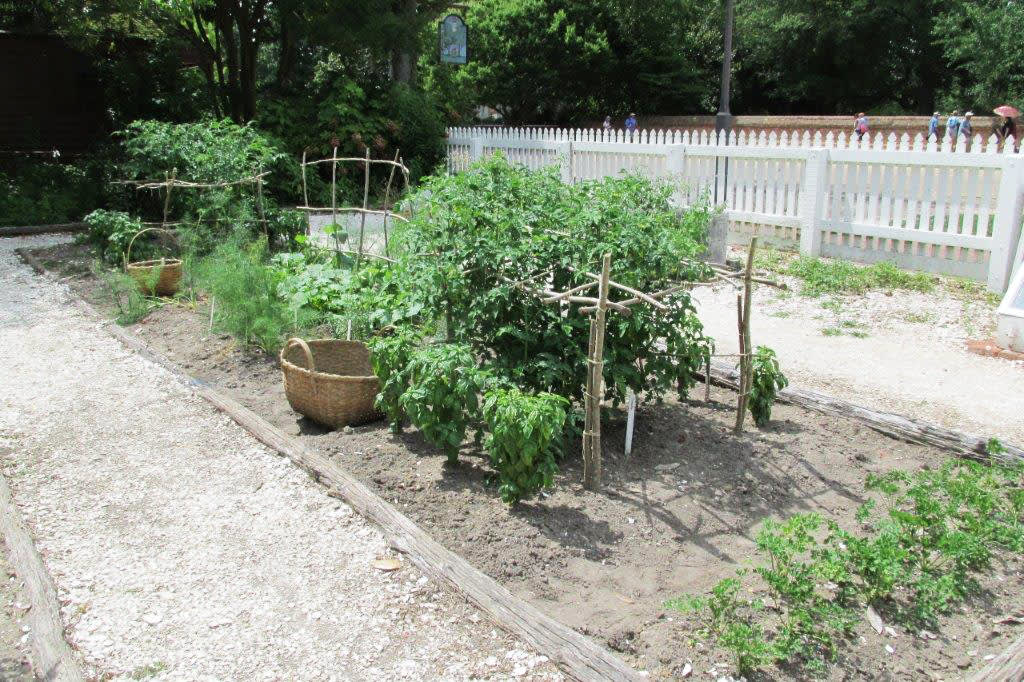
Alternatives
If your living situation does permit laying out a garden, there are alternatives. With potting soil, you can grow in large flowerpots or grow bags made from landscape matting. Planting in tubs, storage containers and hay bales are all alternative options for gardening in the ground.
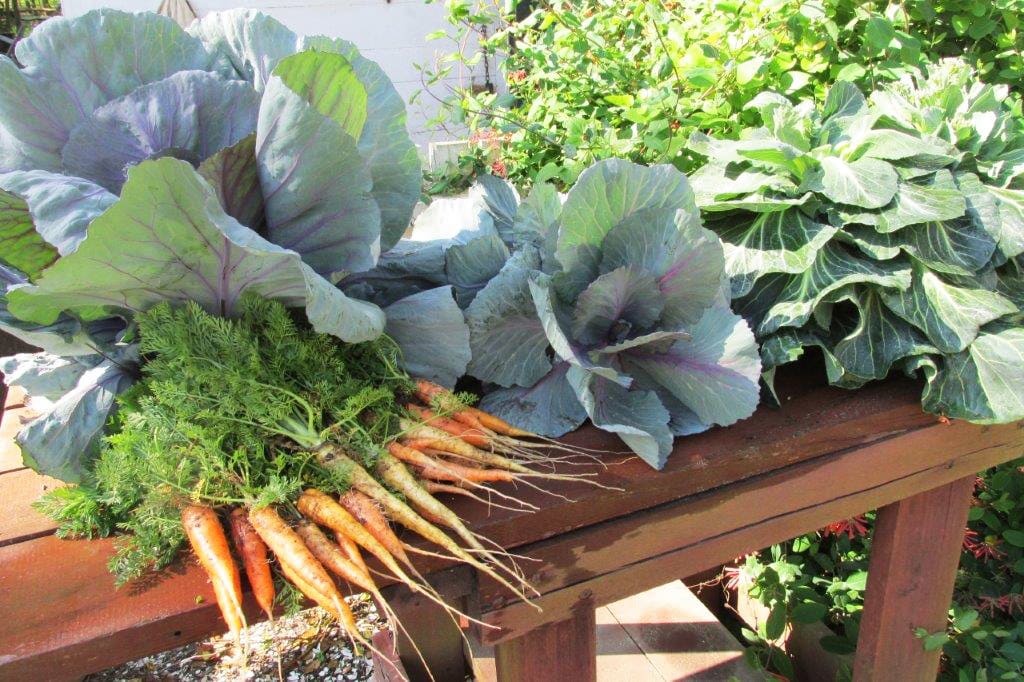
What next?
Like most old garden books that I have the pleasure to read, they end on the last page with the word “Finis.’ This might be the end of the article, but I sincerely hope that these are the beginnings of an enjoyable garden journey.
Resources
Brothers of the Spade: Correspondence of Peter Collinson of London, and of John Custis of Williamsburg, Virginia 1734-1746. E.G Swem
Directions for the gardiner at Says-court: but which may be of use for other gardens,
John Evelyn (1620-1706); edited by Geoffrey Keynes.
The Practical Kitchen Gardiner, 1727 Stephen Switzer
Eve Otmar is the Journeyman Supervisor of the Colonial Garden and Farming programs in the Historic Trades Department at the Colonial Williamsburg Foundation. An avid gardener, she enjoys shooting her flintlock rifle, finger weaving and 18th-century textiles.
Colonial Williamsburg is the largest living history museum in the world. Witness history brought to life on the charming streets of the colonial capital and explore our newly expanded and updated Art Museums of Colonial Williamsburg, featuring the nation’s premier folk art collection, plus the best in British and American fine and decorative arts from 1670–1840. Check out sales and special offers and our Official Colonial Williamsburg Hotels to plan your visit.
